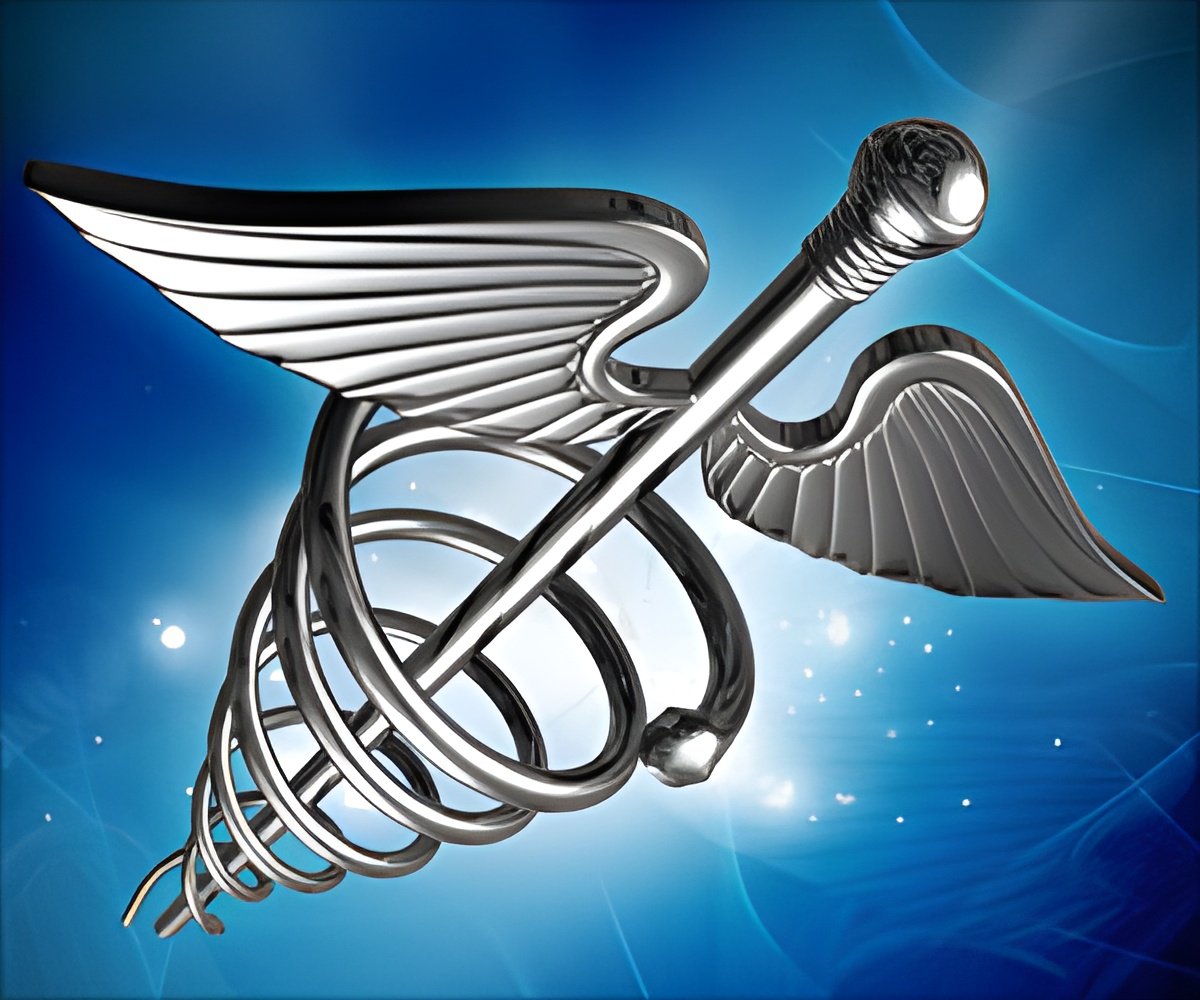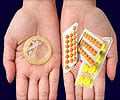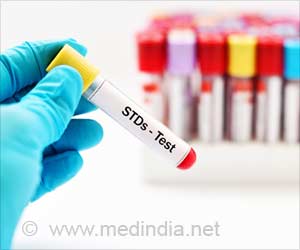
Researchers, led by Monika Goyal, MD, sought to determine how common STIs are in symptomatic adolescent females. Over the six-month study period, 236 females ages 14-19 years who sought treatment at a pediatric ED for symptoms of lower abdominal, pelvic or flank pain and/or genitourinary complaints were tested for three of the most common STIs: Neisseria gonorrhoeae , Chlamydia trachomatis and Trichomonas vaginalis .
Results showed that 26.3 percent of the patients had an STI. The most common was chlamydia (20 percent), followed by trichomoniasis (10 percent) and gonorrhea (3.5 percent). In addition, 19 percent of patients infected with chlamydia also had trichomoniasis, while 6.7 percent had both chlamydia and gonorrhea.
"Adolescents represent a high-risk group for sexually transmitted infections, and many providers are unaware of this association and the consequences that potentially occur due to infection," said Dr. Goyal, instructor of pediatrics and attending physician in the Department of Pediatrics, Division of Emergency Medicine, Children's Hospital of Philadelphia, University of Pennsylvania.
In addition, other studies have shown that adolescents often do not have a primary care doctor and go to the ED for medical care instead.
"Therefore, ED providers should be assessing STI risks in adolescents who come to the ED for care, as this may be the only point of contact of these patients and an opportunity to intervene," Dr. Goyal said.
Source-Eurekalert










